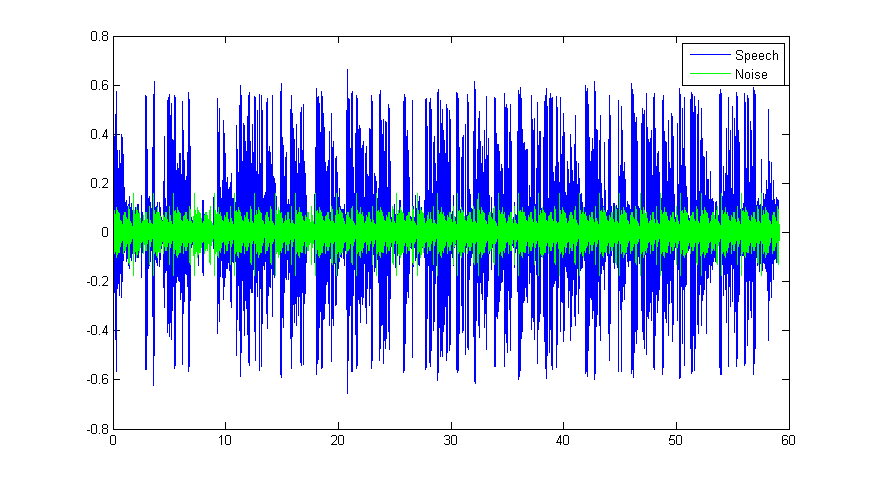I have a sample speech recording with background noise. I managed to extract part of the noise signal, and put the noise and the contaminated signal in the same plot.

I have done fft-analysis on both speech and noise, and since their frequency bands with centralized power are close to each other, I cannot simply apply a bandpass filter. Is there another way to remove the noise from the speech signal with knowledge of the noise itself? (No, subtraction does not work)
